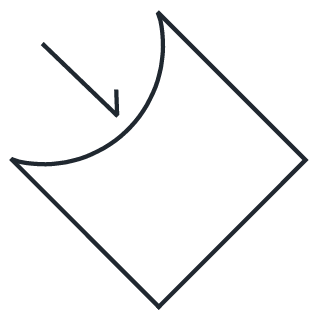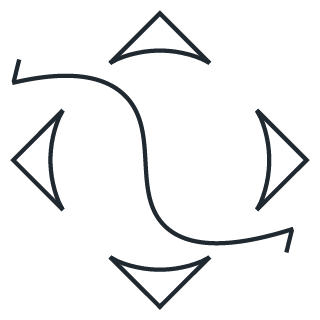Campus West
Campus West is an interdisciplinary design-based research project by urbanists, architects and interior designers, focused on innovative work models. It represents an organisational concept that provides answers to the question of how employees can work independently of location and time in a digital network society in order to reach their highest potential.
Optimising an industrial zone
The first office building to be realised at Campus West will be a compact metal volume, transparent at the front and back, which connects the green Katwilgweg area at the front with the green promenade at the back. Thanks to the project's transparency, users and passersby will be able to look through the building. The design is given a clear orientation and a focus on the green surroundings. Boundaries between inside and outside fade away.
Origami-shaped shell
At the roof level, the building shell is folded into an origami-like shape, which gives the building a strong identity. The roof structure covers the entire surface like an industrial hall. Six large glass skylights allow diffuse light to penetrate into the various levels. The inside of the building is conceived as one large open space without partition walls. Two slabs divide the space into three levels.
Free-standing staircases connect the upper levels with the ground floor. On the long sides of the building, two staircases continue throughout the building's full height.
"The plan is ambitious, both in terms of implantation in a green environment and high-quality architecture. Campus West is a response to new office and work trends centered around increased flexibility. Nine-to-five jobs and fixed workplaces have become a thing of the past. Employers are ready to propose a variety of office formats. The project builds on increased interaction between people's professional and private lives. Work environments should offer added value."

Sustainability & efficiency
Both the design stage and the construction stage focused on people and the environment. Sustainability is achieved among other things through compact and efficient building with a well-considered array of materials, energy efficiency and conscious water consumption and a daylight arrangement designed to find a perfect balance between efficient use of solar energy and daylight access. Thanks to these passive measures, overheating can be avoided and active cooling is minimised.










